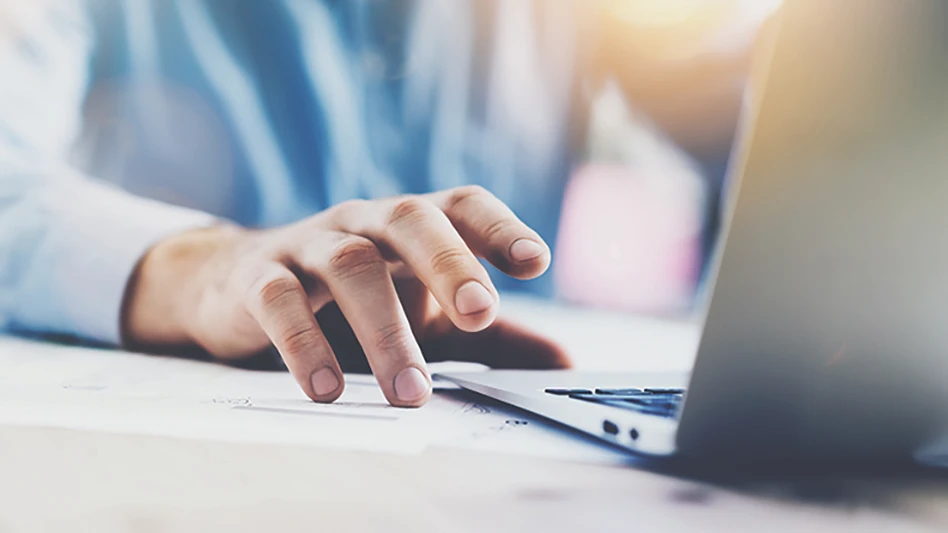
Photo courtesy of American Manganese Inc.
Canadian company American Manganese Inc., doing business as RecycLiCo Battery Materials, and its research and development partner, Kemetco Research Inc., also based in Canada, say they have recovered more than 99 percent of the lithium contained in lithium-iron-phosphate (LFP) battery cathode materials during bench-scale tests.
Since 2016, American Manganese says it has facilitated up to 100 percent extraction of battery materials from nickel-rich, manganese-rich, cobalt-rich, and now LFP cathode chemistries. These battery cathode chemistries all contain lithium, which has seen more than a 350 percent increase in price year over year, according to research from Benchmark Mineral Intelligence, which adds that China’s forecasted share of LFP cathode production in 2022 is 99 percent. American Manganese adds that UBS analysts recently raised their outlook of the global LFP battery market share to 40 percent by 2030.
Related: American Manganese receives initial lithium-ion battery recycling test results
“Despite the changing composition and exclusion of nickel, manganese and cobalt in the cathode, lithium remains a core element in the lithium-ion battery and a significant value driver for efficient and environmentally friendly recycling processes that can achieve high-extraction of lithium,” says Zarko Meseldzija, chief technology officer at American Manganese. “I believe we have a lot of momentum going our way with the ongoing demonstration plant project testing scaled-up operating conditions of our process in addition to our continuous innovation in several battery recycling-related topics.”
The company says it plans to work with potential strategic partners, such as battery, electric vehicle and cathode manufacturers, to integrate its patented RecycLiCo technology under a licensing and joint development business model. The RecycleLiCo process is a patented, closed-loop hydrometallurgical process that creates lithium-ion battery materials for direct integration into the remanufacturing of new lithium-ion batteries. According to the company, the process reduces the reliance on mining raw materials and produces no greenhouse gas emissions or landfill waste and consumes little energy. Water and reagents used in the process also are recycled.
Get curated news on YOUR industry.
Enter your email to receive our newsletters.
Latest from Recycling Today
- Buy Scrap Software to showcase its software at Scrap Expo in September
- LG details recycling activities
- Algoma EAF is up and running
- Toyota-Tsusho completes acquisition of Radius Recycling
- CATL, Ellen MacArthur Foundation aim to accelerate circular battery economy
- Commentary: Expanded polystyrene is 98 percent air, 2 percent plastic and 100 percent misunderstood
- AMCS appoints general manager for North America
- How tariffs, regulations affect LIBs recycling in US, EU






